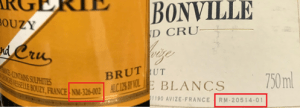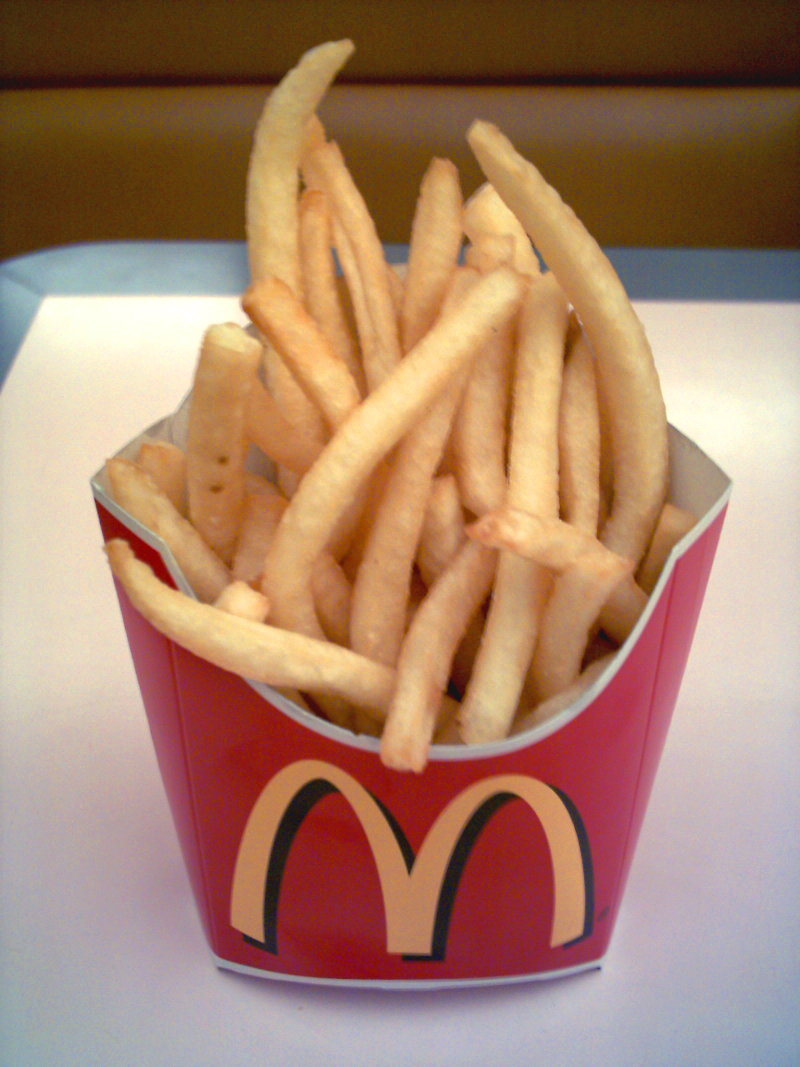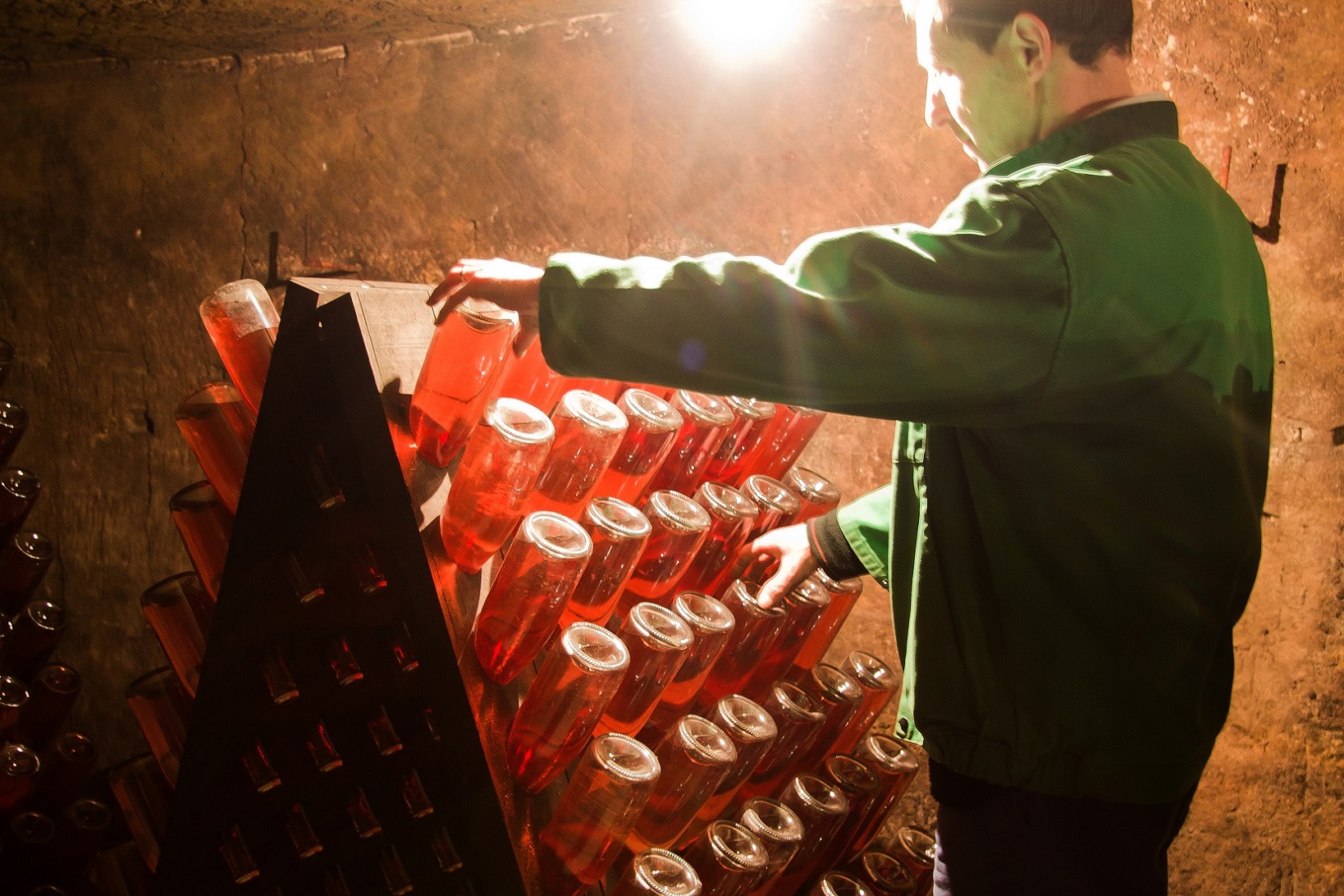I came across two great videos (≈ 10 min) on YouTube that share an insider’s peek into Champagne production. Both of these videos give a perspective that you don’t often find in wine books.
The first one is produced by GuildSomm. They have an excellent YouTube channel that is well worth subscribing to. Most of their videos are in the 10 to 12 minute range with the longest, on the wines of Burgundy, being almost 22 minutes.
The production quality is top notch with beautiful cinematography that really give you a feel for a region. Each episode is also jammed pack with useful historical details and insights from producers. Below the video I’ll highlight my notes from this Dec 27, 2016 episode on The Wines of Champagne.
Notes From The Wines of Champagne
(1:59) Charles Philipponnat of Philipponnat talks a little about the distinction of the sub-region of the Grande Vallée de la Marne from the greater Vallée de la Marne. Most wine books (and even the beginning of this video) treat the entire Vallée de la Marne as a monolith–Peter Leim’s Champagne: The Essential Guide being one of the few exceptions.
But the terroir (and wines produced here) are remarkably different. The Grand Vallée is dominated by Pinot noir with south facing slopes bordering the north side of the Marne river. Heading west through the rest of the Vallée de la Marne, the vineyards flank both sides of the river. Here Pinot Meunier is the main variety with these western sites being more frost prone as well.
(2:52) Rudolph Peters of Pierre Peters highlights the similarities between the Côte des Blancs and Burgundy’s Cote d’Or. Both have east facing slopes with abundant limestone that Chardonnay thrives in. Great close up shots of the vineyard soils where you can see the seashell fossils.
(4:00) The narrator, Tai Ricci, goes into the history of the 1910/11 Champagne Riots with some terrific photographs from the period. This part definitely has an old-school “History Channel” feel to it. Anyone wanting to learn more about the riots and issues behind it, I highly recommend Don and Petie Kladstrup’s Champagne: How the World’s Most Glamorous Wine Triumphed Over War and Hard Times. Hugh Johnson also covers it quite a bit in his all around excellent wine history book Vintage: The Story of Wine.
Grand Cru and Growers
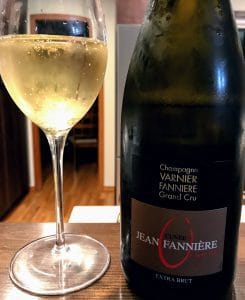
If the wine is 100% sourced from grapes grown in Grand Cru villages, like this Champagne Varnier Fannière’s Jean Fannière, the words “Grand Cru” can appear on the bottle.
(5:46) The difference in Grand Cru designations between Burgundy and Champagne are highlighted here. Whereas in Burgundy the vineyards are classified, in Champagne it is the village. While there are over 300 villages in Champagne, only 17 villages are designated as Grand Cru. If they were using the Champagne model in Burgundy, then villages like Vosne-Romanee, Puligny-Montrachet, Chambolle-Musigny would be “Grand Cru”. Then you would have villages like Santenay, St. Aubin and Marsannay designated as Premier Cru and so forth.
It’s not likely that Champagne will ever adopt the Burgundian model of having vineyards individually classified. However, there are certainly notable vineyards with “Grand Cru” reputations. Vineyards like Krug’s Clos d’Ambonnay, Philipponnat’s Clos des Goisses, Franck Bonville’s Belles Voyes, Billecart-Salmon’s Clos St-Hilaire and Pierre Peters’ Les Chêtillons have a long history of acclaim. Additionally, Peter Leim’s book lists numerous single vineyard bottlings from nearly ever major Grand Cru and Premier Cru village. While some of these certainly can get pricey, I found several on Wine Searcher in the $50-70 range.
(6:48) The topic moves to the difference between Grower Champagnes versus the big negociant houses. Here Rudolph Peters highlights some of the advantages and disadvantages for both. As I noted in my review of Robert Walter’s Bursting Bubbles, while I definitely get more excited about Grower Champagnes and their more terroir driven expressions, I don’t agree with the idea that blended Champagnes (like what the negociant houses do) are inferior.
In fact, I think the master blenders of the major houses have remarkable skills and winemaking talents. It’s just that the proliferation of a “house style” can get repetitive and boring. They may be really delicious the first or second time you have it, but by the third time you have a bottle of something like the Veuve Cliquot Yellow Label, you begin feeling like you’re just drinking the same ole, same ole over and over again.
But that’s kind of the point.

Like an army of clones…or the Borg.
You will be assemblage! La résistance est futile!
It’s certainly a successful business model (much like McDonald’s) but it’s one that I get easily bored with—as I was at last year’s Champagne Gala at Daniel’s that was headlined by two vintages of Dom Perignon.
While there were some differences between the two vintages (with the 2004 being far superior to the 2006) neither of the bottles were any more distinctive or exciting than the other Moët & Chandon wines with the NV Rosé Impérial being the best Champagne of the evening.
Sparkling Wine Making From the Wine & Spirit Education Trust
This video was uploaded on Nov 21, 2012 by YouTube user McWilliamsWinesVideo who hasn’t uploaded anything else in nearly 6 years. I strongly suspect this was a sloppily edited recording of video series in the 1980s produced by First Growth Productions for the Wine & Spirit Education (WSET).
I tried to find the original broadcast on the WSET website but to no avail. Nor could I find an online presence for First Growth Productions either. WSET does have its own YouTube channel for their 3 Minute Wine School videos taught by Masters of Wine Jancis Robinson and Tim Atkin. While it hasn’t been updated in over 2 years, the 21 videos featured do have a lot of great content worth viewing.
The quality of this video is no where close to that of the GuildSomm video above. But the illustrations and up close view of the winemaking process used in Champagne has a lot of value.
My Notes From Sparkling Wine Making
(1:46) A discussion and illustration of the transfer method. This is how most 187ml airline splits are made but apparently was quite popular for Australian sparkling wines when this video was produced.
(2:28) Here the video switches to Champagne where they note that the grapes are often harvested in October. Boy has global warming changed that! This year’s harvest started on the 20th of August and was the fifth harvest since 2003 to start in August. And several vintages, like the very stellar 2015 vintage, have started the first week of September.
(3:45) A little subtle dissing of the Aube which is not out of line for the mindset of this time period. The Aubois led the Champagne Riots highlighted in the GuildSomm video when they were threatened with expulsion from the Champagne zone. It’s only recently that a wave of high quality grower producers from the Côte des Bar sub-region of the Aube have turned this into one of the most exciting regions in Champagne.

A crazy delicious blend of 25% Arbane, 25% Petit Meslier, 25% Blanc Vrai (Pinot blanc) and 25% Chardonnay.
It’s a hunt to find this unicorn but will certainly be worth it if you can score a bottle!
Producers like Pierre Gerbais, Cédric Bouchard, Vouette et Sorbée, Jacques Lassaigne, Marie-Courtin, Nathalie Falmet, Drappier and more are making outstanding bubbles. I’m still trying to hunt down another bottle of Pierre Gerbais’ L’Originale (100% Pinot blanc) and the Drappier Quattuor Blanc de Blancs that I had while playing the Somm Game in Vegas is a strong contender for my Wine of The Year.
Seriously, if you love Champagne, you need to start looking for bottles from the Côte des Bar and Aube.
Getting Into The Nitty-Gritty
(3:52) A really good demonstration of the traditional pressing process in large wooden basket presses. Champagne’s wine laws strictly regulate the press yields. Producers can use only the first 100 liters of juice from every 160 kgs of grapes they press. The first 80 of these liters (the cuvée) are highly values as the best quality. The next 20 liters are the taille. This is often used for producing fruity, aromatic wines that are meant to be consumed young.
(4:45) The video doesn’t explain why but says that the houses who ferment their wines in oak prefer casks from Hungary. Will need to research this more. Wines and Vines has a pretty in-depth article about Hungarian oak (though doesn’t mentioned Champagne houses using them) while the home-winemaking site MoreWine! has a simple breakdown of the difference between French, American and Hungarian oaks.
(6:54) This is probably the best segment of the entire video. A fantastic explanation and illustration of riddling. At the 7:15 mark they show an illustration of the two different types of sediments that form during the autolysis process. Again, this is something that wine books rarely draw out and explain. But learning about these two different types of sediment (heavy & sticky vs light & dusty) helps explain why the riddling process needs to be so methodical.
Enjoy the videos! If you find these Geek Notes breakdowns helpful, post a comment below!

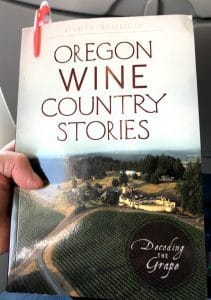 Even though it is still Washington Wine Month, I wanted to take a detour down south to review a book I first started reading back in May during Oregon Wine Month —
Even though it is still Washington Wine Month, I wanted to take a detour down south to review a book I first started reading back in May during Oregon Wine Month — 
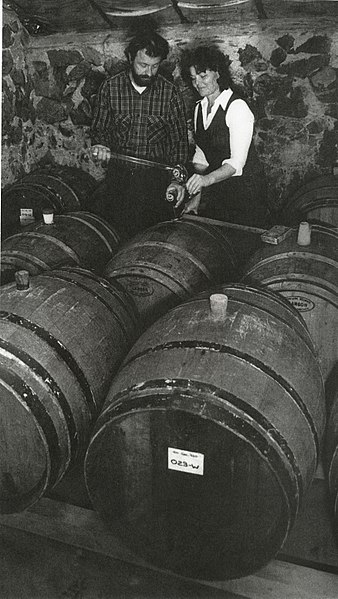

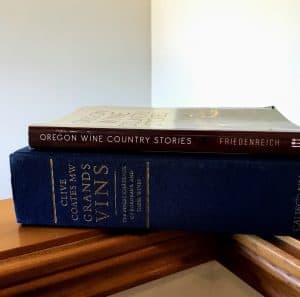
![By Joseph Faverot - [1], Public Domain, on Wikimedia Commons](http://spitbucket.net/wp-content/uploads/2018/01/Wikimedia-Champagne-clow-242x300.png) Last week I got into a bit of a tizzy over some ridiculous things posted by a so-called “Wine Prophet” on how to become a “Champagne Master.” See
Last week I got into a bit of a tizzy over some ridiculous things posted by a so-called “Wine Prophet” on how to become a “Champagne Master.” See 
